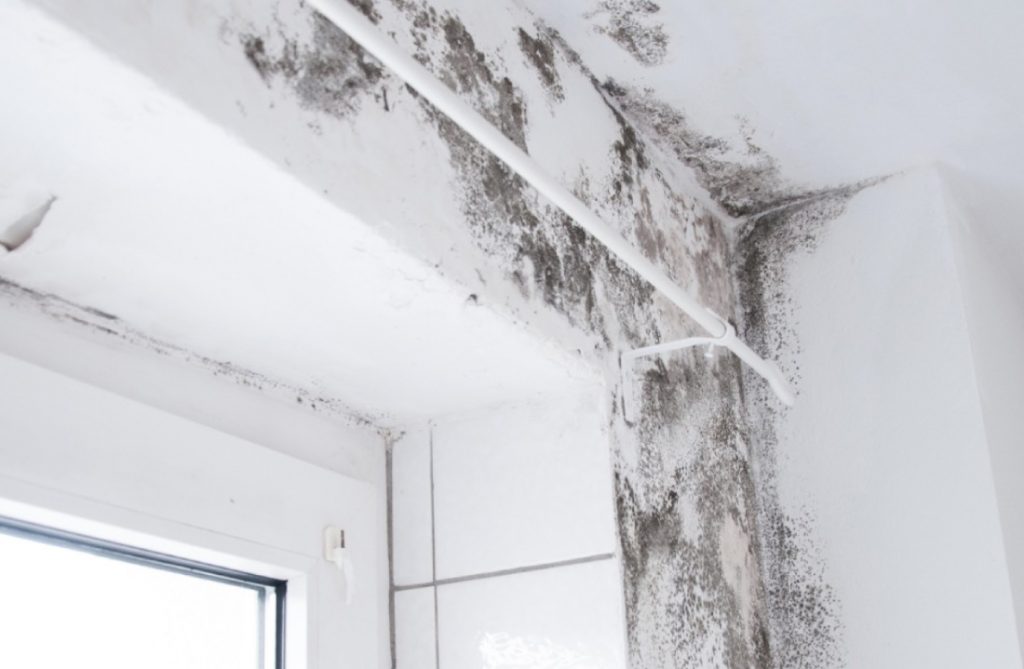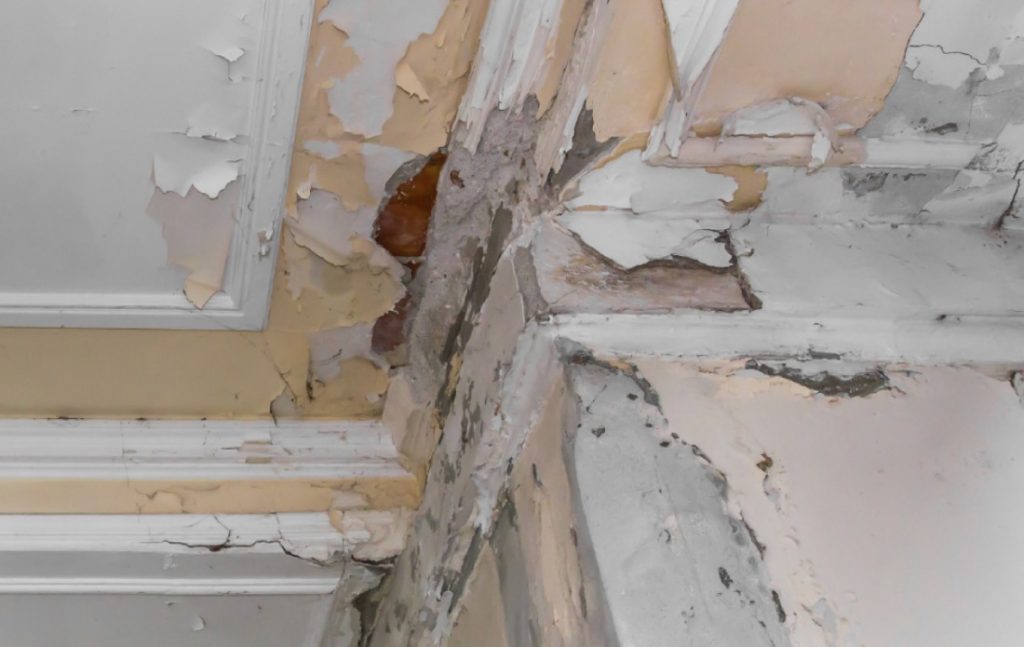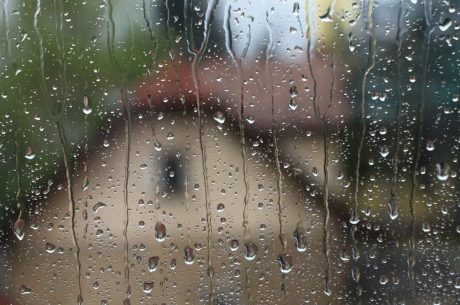Water damage on walls is a common issue that homeowners and property managers face. It’s a problem that can lead to serious structural and health risks if not addressed.
Understanding the signs is the first step toward resolving the issue. This knowledge can help you take quick action, preventing further damage and costly repairs.
In this article, we’ll guide you through identifying water damage on walls. We’ll discuss the common causes, the difference between water stains and water damage, and the key signs to look out for.
We’ll also delve into the importance of professional water damage restoration services. We’ll explain why DIY methods often fall short and how professionals can ensure a thorough and effective restoration.
By the end of this guide, you’ll be equipped with the knowledge to protect your property from the damaging effects of water.
Understanding Water Damage on Walls
Water damage on walls can manifest in various ways. It often starts subtly, making early detection challenging for many property owners.
The damage can range from minor discoloration to severe structural issues. In some cases, it can even lead to harmful mold growth.
Understanding what water damage looks like is crucial because it helps you take the correct steps to mitigate the damage and restore your property.
Water damage can occur anywhere, but it’s particularly common in walls next to showers and bathrooms. These areas are frequently exposed to moisture, making them prime targets for water damage.
The key to managing water damage is early detection. The sooner you identify and address the issue, the less severe the damage will be.
Common Causes of Water Damage

Water damage on walls can be caused by leaking pipes or faulty plumbing.
Roof leaks can also lead to water damage, especially in walls directly below the roof. Inadequate ventilation can exacerbate the problem, trapping moisture and promoting mold growth.
Extreme weather events, like heavy rain or flooding, can also cause water damage. It’s important to check your walls after such events to catch any potential damage early.
The Difference Between Water Stains and Water Damage
Water stains and water damage are often confused. While they may appear similar, they are not the same.
Water stains are discolorations on the wall caused by exposure to water. They are usually yellow or brown and can be a sign of a leak or condensation.
Water damage, on the other hand, is more severe. It involves the deterioration of the wall material due to prolonged exposure to water. This can lead to structural issues and mold growth if not addressed promptly.
Early Detection: Key Signs to Look For
Detecting water damage early can save you from costly repairs, so it’s important to know what signs to look for.
One of the most common signs is discoloration on your walls. This can appear as yellow, brown, or dark spots.
Another sign is changes in the texture of your walls such as bubbling, peeling, or cracking of paint or wallpaper.
You should also be aware of any musty odors in your home. These can indicate the presence of mold, which often accompanies water damage.
Discoloration and Texture Changes
Discoloration is often the first sign. It usually appears as yellow or brown spots on your walls.
Changes in texture can also indicate water damage. This can include bubbling, peeling, or cracking of paint or wallpaper. If you notice any of these signs, it’s important to investigate further.
Musty Odors and Mold
Musty odors are a common sign of water damage. They are caused by the growth of mold and mildew, which thrive in damp conditions.
If you notice a musty smell in your home, check your walls for signs of damage. Ignoring this can lead to serious health risks associated with mold exposure.
Soft Spots and Structural Integrity
Soft spots on your walls can indicate water damage. These are areas where the wall has become soft or spongy to the touch.
This can be a sign of serious damage that has affected the structural integrity of the wall. If you notice any soft spots, it’s important to seek professional help immediately.
Special Considerations: Water Damage Next to Showers

Bathrooms, especially those with showers, are high-risk areas for water damage. The constant exposure to water and humidity can lead to damage over time.
If you notice damage on the wall next to your shower, act quickly. This could be a sign of a leak or poor ventilation, both of which can lead to serious damage if left untreated.
Water damage in bathrooms can often be hidden behind tiles or shower enclosures. Regular inspections and prompt action can help prevent extensive damage and costly repairs.
The Importance of Professional Water Damage Restoration Services
Water damage restoration is not a task to be taken lightly. It requires expertise and specialized equipment to ensure a thorough job.
Professional water damage restoration services are equipped to handle all types of damage. They can accurately assess the extent of the damage and devise a comprehensive restoration plan.
Professionals are also trained to spot hidden damage that you might miss. This can prevent further issues down the line.
Lastly, a professional service can also help with insurance claims, making the process less stressful for homeowners.
Why DIY Isn’t Enough
While DIY methods may seem cost-effective, they often fall short. Water damage is more than just surface-level issues.
Without the right tools and knowledge, you may miss hidden damage. This can lead to more serious problems in the future, such as mold growth or structural instability.
The Water Damage Restoration Process

The restoration process begins with a thorough inspection. Professionals use advanced tools to detect hidden moisture and assess the extent of the damage.
Next, they’ll remove the water and dry the area using industrial-grade equipment. This step is crucial to prevent mold growth and further damage.
Finally, they’ll repair the damaged areas and restore your property to its pre-damage condition. This may involve replacing drywall, painting, and other necessary repairs.
Preventative Measures to Protect Your Walls
Preventing water damage is always better than dealing with its aftermath. There are several measures you can take to protect your walls.
Firstly, ensure proper ventilation in your home. This helps to reduce humidity levels, which can contribute to water damage.
Secondly, regular maintenance of your plumbing system can prevent leaks that lead to damage.
Here are some additional preventative measures:
- Regularly check for leaks in your plumbing system.
- Keep your gutters clean to prevent water from seeping into your walls.
- Waterproof your basement to prevent water intrusion.
Regular Inspections and Maintenance Tips
Regular inspections are key to preventing water damage. Look for signs of leaks, such as damp spots or discoloration on your walls.
In addition to regular inspections, routine maintenance can also help prevent water damage. This includes tasks like cleaning your gutters and maintaining your plumbing system. By staying proactive, you can catch potential issues before they escalate into serious water damage.
Conclusion: Taking Action Against Water Damage
Water damage on walls can lead to serious structural and health issues if left untreated. It’s crucial to take immediate action at the first sign.
Professional water damage restoration services are your best bet for thorough and effective restoration. They can help restore your property to its original state and prevent future damage.
For expert water damage restoration services in St. Augustine, contact PuroClean Emergency Restoration Services today!




 PuroClean Emergency Restoration Services
PuroClean Emergency Restoration Services